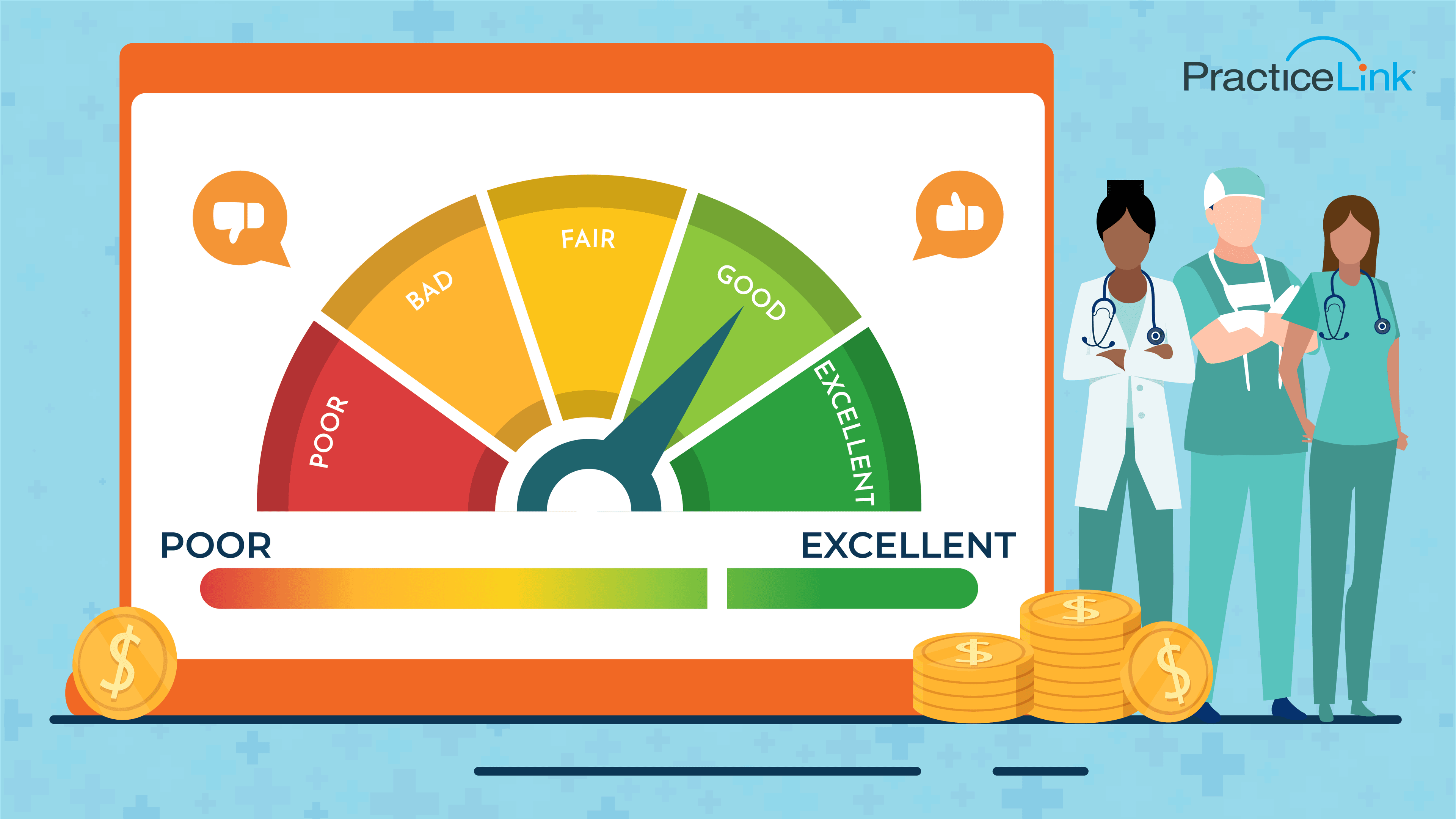What are the models of RVU compensation for physicians?
By Stephen Leggitt October 22, 2024

What are the models of RVU compensation for physicians?
Understanding physician compensation is crucial for those in the healthcare field, particularly as reimbursement models continue to evolve. Among various compensation structures, RVU (Relative Value Unit) compensation models stand out due to their focus on productivity, efficiency and the value of services rendered.
Let’s explore what RVU compensation entails, its key components, how it is calculated and how it can impact a physician’s career and earnings.
What are the models of RVU compensation for physicians?
What is RVU compensation for physicians? RVU compensation for physicians is a performance-based payment system that quantifies the value of services provided based on standardized measures. Unlike traditional salary models that may reward seniority or flat rates, the RVU model emphasizes productivity and incentivizes physicians to deliver more value.
In essence, the RVU system breaks down physician services into quantifiable units, allowing healthcare organizations to align physician incentives with overall organizational goals. By adopting this model, practices can ensure compensation reflects the actual work performed, which can vary greatly depending on specialty and patient load.
The RVU compensation model typically consists of a combination of a base salary and performance bonuses tied to the total number of wRVUs (Work RVUs) generated. This approach creates a balanced compensation structure that rewards both the quality and quantity of care delivered. For instance, a physician who consistently exceeds their RVU targets may receive additional bonuses, while those who do not meet their targets may face financial consequences.
What are the components of RVU?
The components of RVU primarily include three key elements:
- Work RVUs (wRVUs): These are designed to measure the effort, skill and time required to provide a specific service. For example, a complex surgical procedure would carry a higher wRVU than a routine checkup due to the increased effort involved.
- Practice Expense RVUs (peRVUs): These account for the overhead costs associated with running a practice, including expenses for rent, equipment and administrative staff salaries. By factoring in these costs, the RVU model ensures physicians are compensated not only for their time but also for the resources needed to provide care.
- Malpractice RVUs (mRVUs): These cover the costs associated with malpractice insurance. Given the high stakes involved in medical practice, this component helps protect physicians from the financial burdens of potential legal liabilities.
The RVU bonus structure often ties compensation to the total number of wRVUs generated by a physician. This incentivizes higher productivity while maintaining a focus on quality care. It’s important to note the RVU system can vary significantly between specialties. For example, surgical specialties may generate higher RVUs compared to primary care, leading to disparities in income that are essential for physicians to understand.
How do I calculate my RVUs?
Calculating RVUs is crucial for physicians aiming to understand their compensation potential and plan their careers effectively. How are RVUs calculated? The formula used to calculate RVUs is relatively straightforward:
Total RVUs = Work RVUs + Practice Expense RVUs + Malpractice RVUs
To determine how many RVUs a physician has generated, the following steps are typically involved:
- Track services rendered: Physicians must keep a detailed log of the services they provide, including the types of procedures and consultations.
- Assign RVU values: Each service has an associated RVU value based on the Current Procedural Terminology (CPT) codes. These codes are standardized and widely recognized in the medical community, making it easier to assign values consistently.
- Sum RVUs: Physicians sum the RVUs for all services performed within a specific timeframe—monthly, quarterly or annually—to gauge their productivity and corresponding compensation.
Many healthcare organizations provide access to an RVU compensation calculator to simplify this process. These tools can help physicians estimate their potential earnings based on their productivity and the associated RVU values, offering a clearer picture of their financial landscape.
What three components are used to calculate the RVU?
The three components used to calculate the RVU are work RVUs, practice expense RVUs and malpractice RVUs. Each of these RVU compensation calculator components plays a vital role in determining overall compensation and reflects the complexity of medical practice.
- Work RVUs focus on the physician’s efforts, considering the complexity and time involved in each case. Higher wRVUs indicate more challenging and time-consuming work, rewarding physicians who take on demanding cases.
- Practice Expense RVUs help ensure overhead costs are factored into the compensation model. This element acknowledges running a practice involves significant expenses beyond just physician labor, which is critical for maintaining a sustainable practice.
- Malpractice RVUs address the costs and risks associated with practicing medicine. By including this component, the RVU model ensures physicians are adequately compensated for the potential liabilities they face.
Together, these components provide a comprehensive view of a physician’s productivity and the associated costs, making RVUs a vital part of modern physician compensation models.
Understanding RVU compensation models is essential for physicians aiming to optimize their earnings and career satisfaction. By familiarizing themselves with the components and calculations involved, physicians can navigate their compensation structures more effectively.
To further explore models of RVU compensation for physicians and other relevant topics for those in the healthcare industry, visit the PracticeLink Resource Center.
For the latest job postings for all the listed specialties in this blog – and more – visit PracticeLink’s physician job board.
In addition, to read about the latest emerging trends and explore the topics that directly affect those in healthcare organizations, view the latest issue of PracticeLink Magazine.

